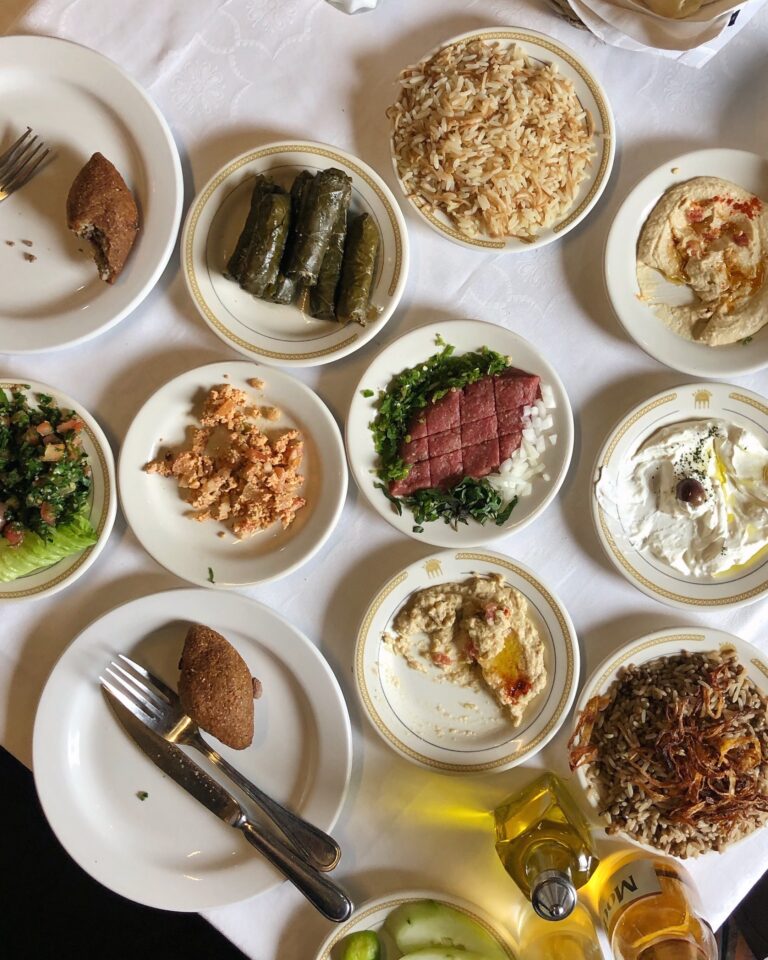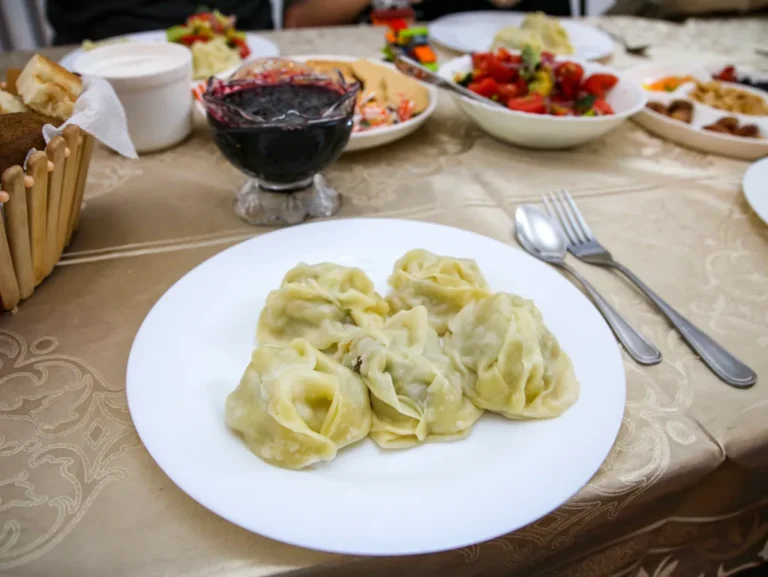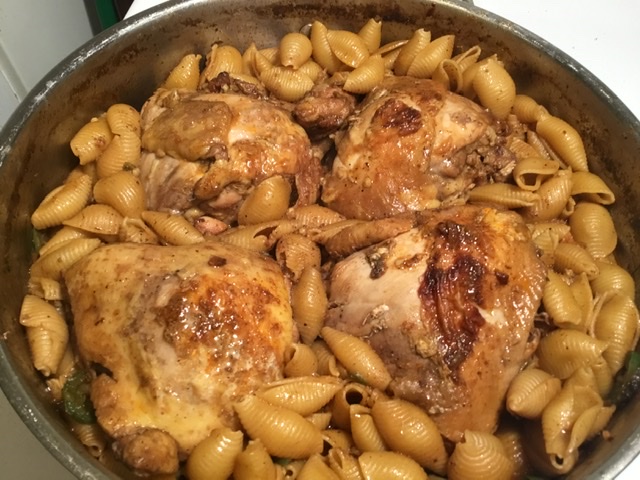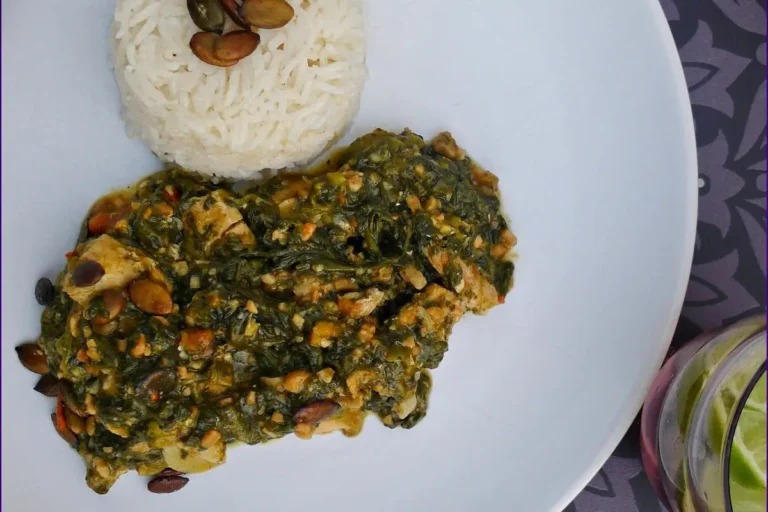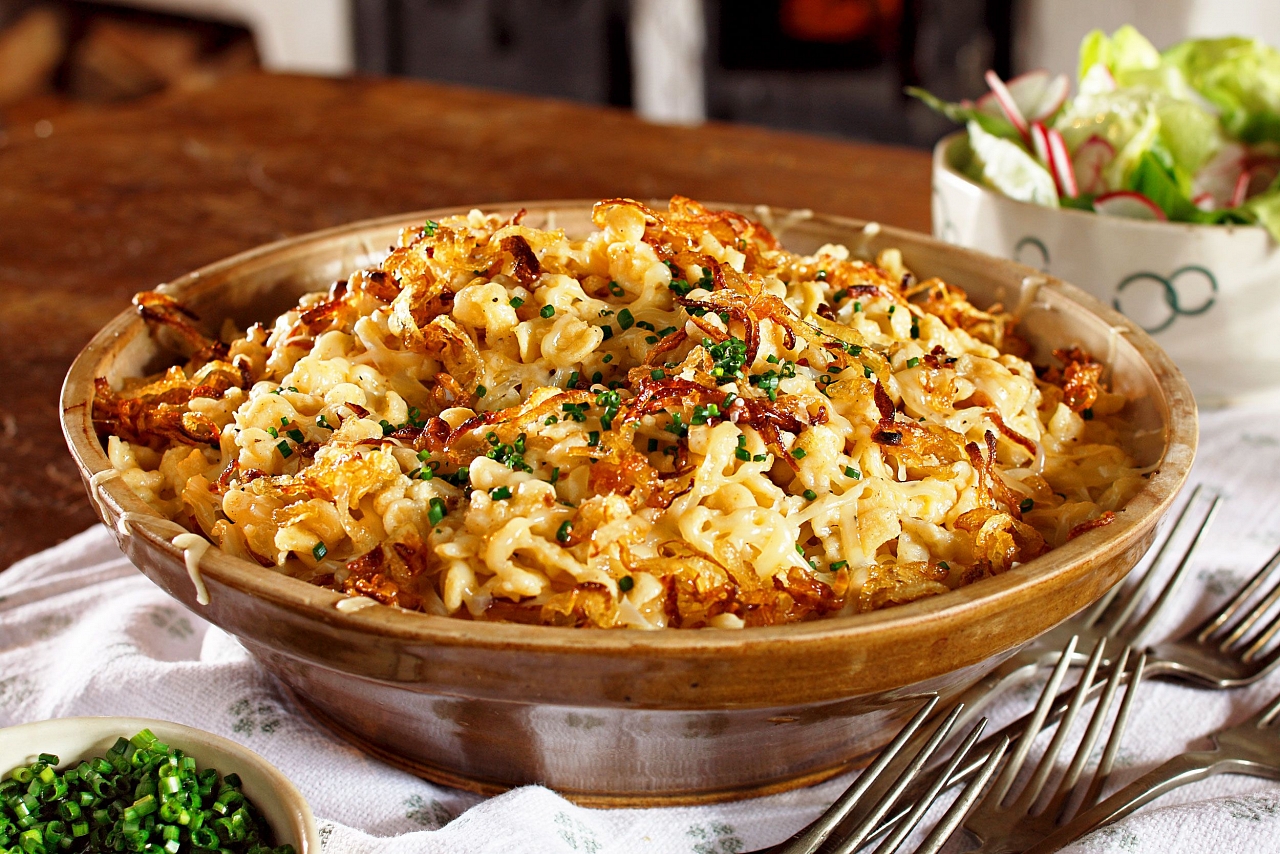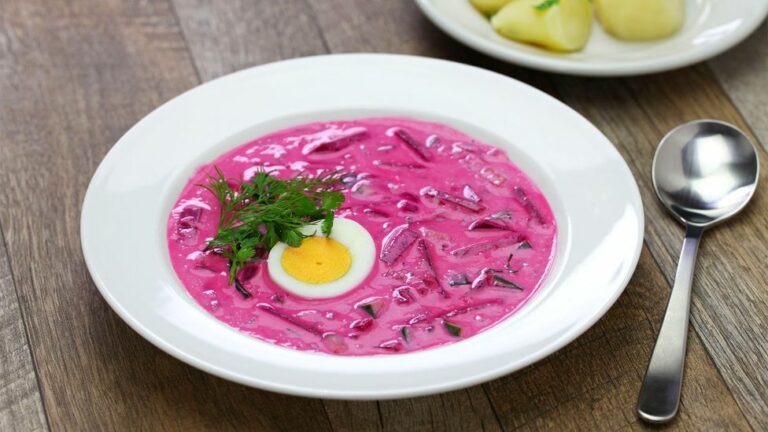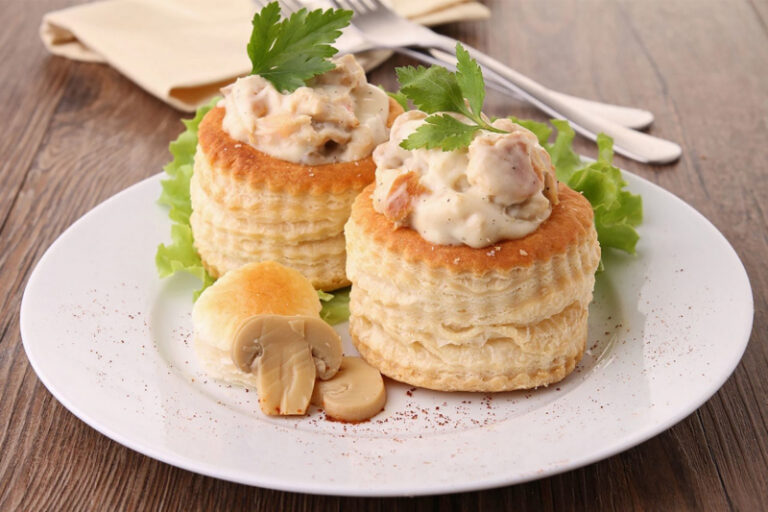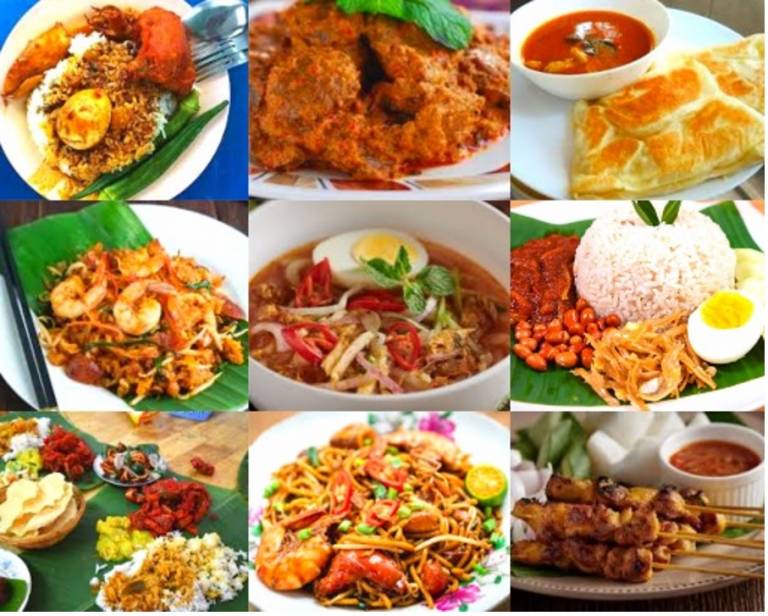Introduction: Understanding Lebanese Cuisine
Lebanese cuisine is a rich and diverse culinary tradition that has been influenced by various cultures throughout the centuries. It is a fusion of Mediterranean, Arabic, and Middle Eastern flavors and techniques, creating a unique and distinct taste that is loved all over the world. Lebanese cuisine is known for being healthy, flavorful, and diverse, offering a wide variety of dishes that cater to different tastes and preferences.
Lebanese cuisine is characterized by the use of fresh and seasonal ingredients, such as vegetables, fruits, legumes, grains, and meats. It is also known for its generous use of herbs and spices, which add depth and complexity to the flavors. Some of the most common ingredients used in Lebanese cuisine include olive oil, lemon, garlic, parsley, mint, sumac, and za’atar.
A Fusion of Cultures: Influences on Lebanese Cuisine
Lebanese cuisine has been influenced by various cultures throughout history, including the Greeks, Romans, Ottomans, and Persians. Each culture has left its mark on Lebanese cuisine, contributing to its diversity and complexity. For example, the Greeks introduced olives and olive oil, while the Persians introduced rice and kebabs. The Arab influence is evident in the use of spices and herbs, such as cumin, coriander, and mint.
Lebanese cuisine has also been influenced by the country’s geography and climate. The fertile land and mild climate have allowed for the cultivation of a wide variety of fruits and vegetables. The Mediterranean Sea has also provided an abundance of seafood, which is a staple in Lebanese cuisine. The Lebanese people are also known for their hospitality and love of food, which has led to the creation of many unique and flavorful dishes.
The Holy Trinity: Olive Oil, Lemon and Garlic
Olive oil, lemon, and garlic are considered the holy trinity of Lebanese cuisine. They are used in almost every dish, adding flavor and depth to the flavors. Olive oil is used for cooking, as a dressing for salads, and as a dip for bread. Lemon is used to add acidity and freshness to dishes, while garlic is used for its pungent flavor and health benefits.
The combination of olive oil, lemon, and garlic is also used to make one of the most popular Lebanese dishes, the garlic sauce. This creamy and tangy sauce is made by blending garlic, lemon juice, and oil until it becomes a smooth and creamy consistency. It is often served as a dip for grilled meats and vegetables.
Meze – A Delightful Spread of Appetizers
Meze is a delightful spread of appetizers that is a staple in Lebanese cuisine. It consists of a variety of small dishes that are served before the main course, allowing diners to sample and enjoy different flavors and textures. Meze dishes can include hummus, baba ghanoush, tabbouleh, fattoush, stuffed grape leaves, and more.
Meze is often served with fresh pita bread and is accompanied by a variety of dips and sauces, such as tahini, garlic sauce, and muhammara. Meze is typically enjoyed with family and friends over a long and leisurely meal, allowing for conversation and socializing.
Kebabs, Grills and Seafood – The Main Course
Kebabs, grills, and seafood are the main course in Lebanese cuisine. Meat is often marinated in a yogurt-based marinade, which tenderizes the meat and adds flavor. Kebabs can be made with beef, lamb, or chicken and are often served with rice and grilled vegetables.
Grilled meats are often served with a side of tabbouleh or fattoush, which adds freshness and acidity to the dish. Seafood is also a popular main course in Lebanese cuisine, with dishes like grilled fish and shrimp being common.
Sweet Endings: Desserts and Beverages in Lebanese Cuisine
Desserts and beverages are an essential part of Lebanese cuisine. Baklava is a popular dessert that is made with phyllo pastry, nuts, and honey syrup. Another popular dessert is ma’amoul, which is a small cookie filled with dates, pistachios, or walnuts.
Lebanese cuisine also includes a variety of refreshing beverages, such as mint tea, lemonade, and arak. Arak is a traditional Lebanese spirit that is made from aniseed and is often served with meze dishes.
In conclusion, Lebanese cuisine is a rich and diverse culinary tradition that offers a wide variety of healthy and flavorful dishes. It is a fusion of Mediterranean, Arabic, and Middle Eastern flavors and techniques, creating a unique and distinct taste that is loved all over the world. From meze to grilled meats to sweet desserts and refreshing beverages, Lebanese cuisine has something for everyone to enjoy.

